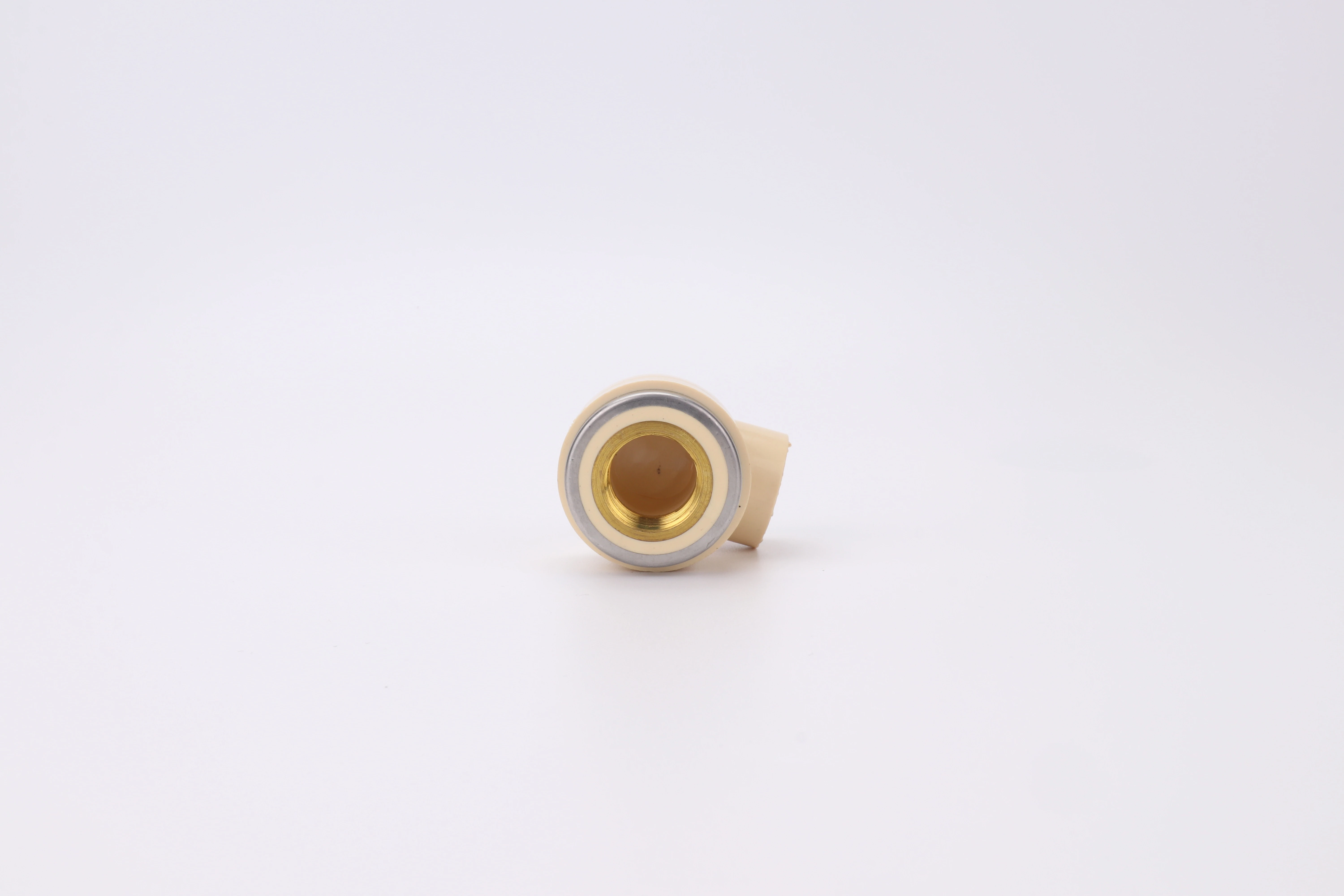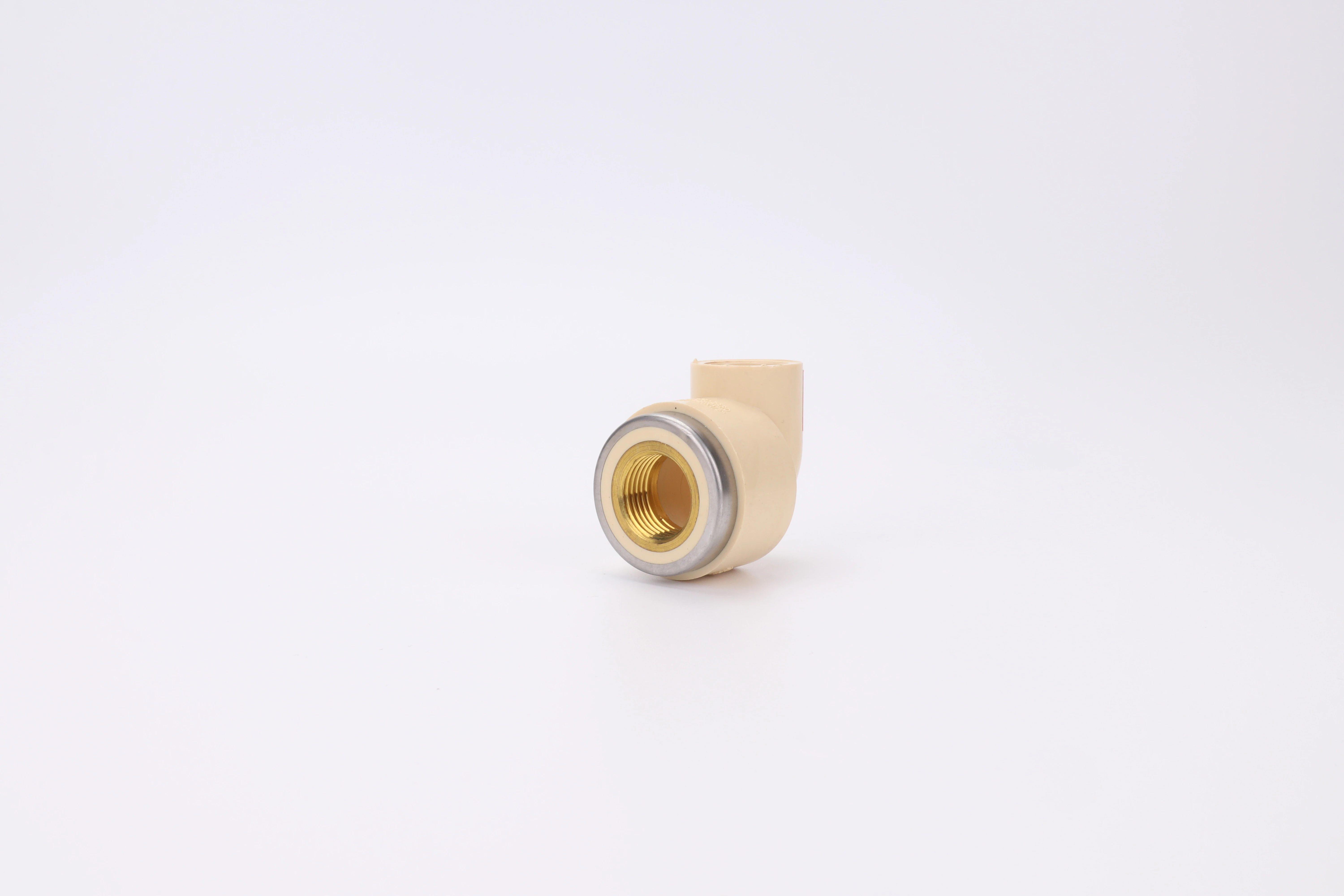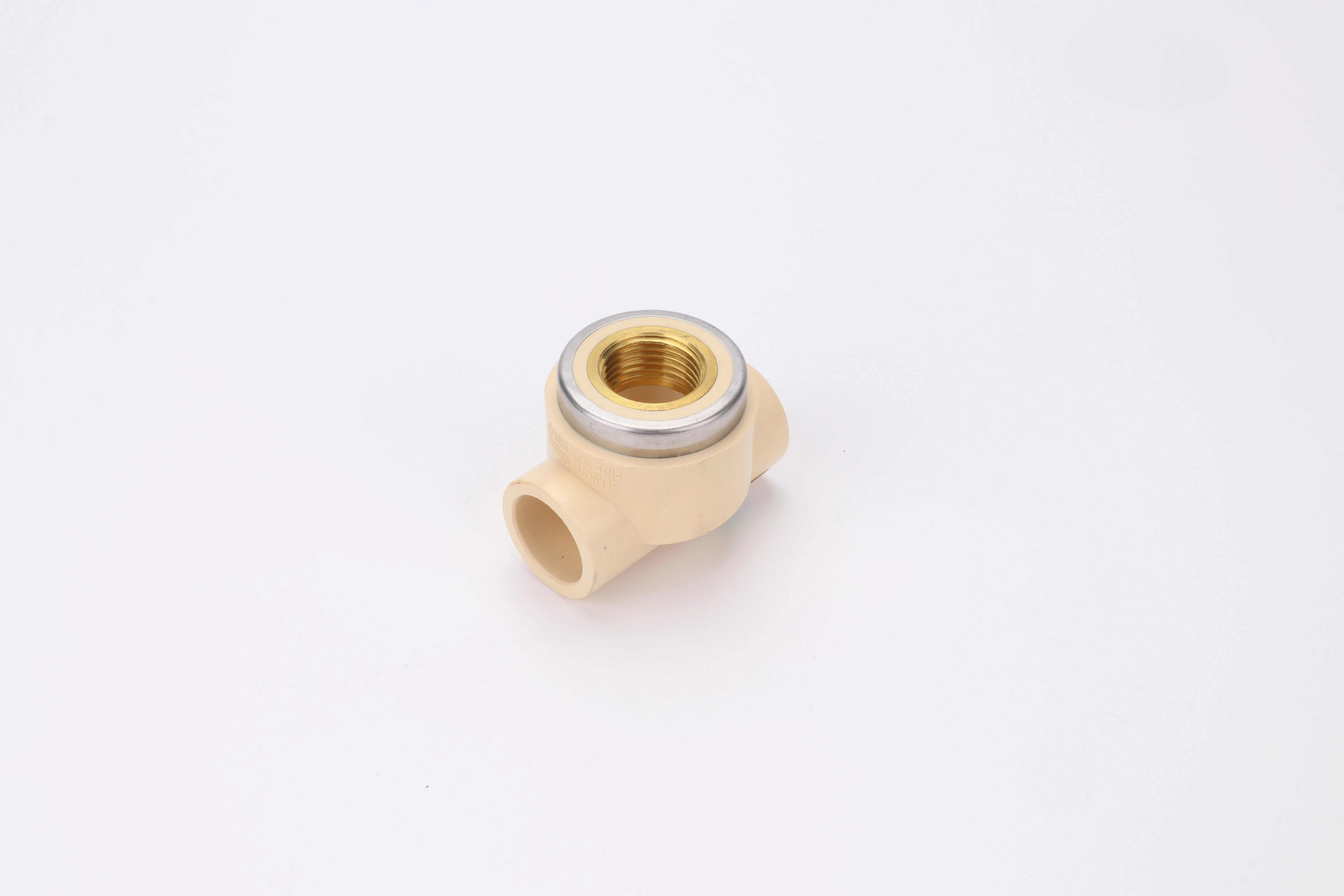During a factory renovation, I witnessed how improperly grounded metal pipes caused an electrical incident that injured a maintenance worker. This experience solidified my appreciation for PVC’s inherent electrical safety properties and prompted me to specialize in non-conductive plumbing solutions.
PVC pipes are completely non-conductive because they lack free electrons, making them excellent electrical insulators with virtually zero current flow. This inherent property prevents electrocution risks, eliminates grounding requirements, and stops galvanic corrosion, offering significant safety advantages over metal piping systems in electrically sensitive environments.
Understanding PVC’s non-conductive properties helps professionals make informed decisions about material selection. Furthermore, recognizing where these characteristics provide maximum benefit ensures optimal safety outcomes. Now, let’s examine the science behind PVC’s electrical safety and its practical applications.
What Makes PVC Pipes Electrically Non-Conductive for Plumbing Safety?

While investigating an electrical fault in a hospital, we discovered that current was traveling through copper water pipes and affecting sensitive medical equipment. After replacing sections with PVC, the electrical issues completely resolved, demonstrating how material choice directly impacts electrical safety.
PVC’s non-conductivity stems from its molecular structure as a polymer with covalent bonds that tightly hold electrons, preventing electrical current flow. With electrical resistivity exceeding 10¹³ Ω·m and dielectric strength over 30 kV/mm, PVC effectively blocks current transmission, making it incapable of conducting electricity even under high voltage conditions.
Scientific Basis of Non-Conductivity
The electrical properties of PVC derive from fundamental material characteristics:
Molecular Structure
PVC consists of long polymer chains with carbon-backbone structures where electrons are tightly bound in covalent bonds. Unlike metals that have free electrons that can carry current, PVC’s molecular structure requires extremely high voltage to dislodge electrons—far beyond normal operating conditions in plumbing systems. This inherent insulation property makes PVC pipes completely safe around electrical sources.
Electrical Resistance Properties
PVC exhibits extremely high electrical resistance, typically measuring between 10¹³ and 10¹⁶ Ω·m. This means even at standard household voltages of 120-240V, the current flow through PVC is negligible—less than 0.0000001 amps. This minute current poses no shock hazard and cannot interfere with electrical systems or cause electrolytic corrosion.
Dielectric Strength
The dielectric strength of PVC ranges from 30-50 kV/mm, meaning it can withstand tremendous electrical potential before breakdown occurs. For context, standard PVC pipe walls of 2mm thickness can theoretically resist 60,000-100,000 volts before electrical conduction might occur—far exceeding any voltage encountered in normal building environments.
How Does PVC’s Non-Conductivity Compare to Metal Pipes in Electrical Safety?
A municipal water treatment plant experienced persistent corrosion issues until we mapped electrical currents flowing through their metal pipe network. The solution involved strategic replacement with PVC sections to break electrical continuity, eliminating both corrosion and stray voltage problems.
PVC provides absolute electrical isolation with zero conductivity, while metal pipes conduct electricity efficiently, creating shock hazards, grounding complexities, and corrosion potential. Copper pipes typically conduct electricity 10²³ times better than PVC, making them potential current carriers that require careful grounding and bonding to prevent dangerous situations.
Direct Safety Comparison
The electrical safety differences between materials are substantial:
Shock Hazard Potential
Metal pipes can become energized through various mechanisms, including faulty wiring, induction from nearby power lines, or lightning strikes. Conversely, PVC pipes cannot carry dangerous current, eliminating this shock hazard entirely. This is particularly crucial in environments like bathrooms, kitchens, and pools where water and electricity may coexist.
Grounding Requirements
Electrical codes require metal plumbing systems to be bonded and grounded to prevent shock hazards. This adds installation complexity and cost. PVC systems eliminate these requirements since they cannot become energized, simplifying installation while maintaining safety. This represents a significant advantage in retrofit situations where proper grounding is challenging.
Corrosion Prevention
Metal pipes suffer from electrolytic and galvanic corrosion when stray electrical currents flow through them. PVC is immune to these corrosion mechanisms, extending system lifespan and reducing maintenance. The table below highlights key safety differences:
| Safety Aspect | PVC Pipes | Metal Pipes | Safety Implications |
|---|---|---|---|
| Electrical Conductivity | None | High | PVC eliminates shock risk |
| Grounding Requirements | Not required | Mandatory | PVC simplifies installation |
| Stray Current Issues | Immune | Susceptible | PVC prevents corrosion |
| Lightning Protection | Non-conductive | Can transmit strikes | PVC provides isolation |
| Installation Safety | Safe around live wires | Risk during installation | PVC safer for installers |
Which Safety Certifications Confirm PVC’s Non-Conductive Properties?
When a client demanded certified proof of PVC’s non-conductive properties for a sensitive laboratory project, we compiled documentation from multiple international standards bodies. This comprehensive certification package not only satisfied their requirements but became our standard practice for all technical specifications.
PVC non-conductivity is verified by UL 651 (Schedule 40/80), NSF/ANSI 61 (potable water), ASTM D1784/D1785 (material standards), and ISO 4422 (international standards). These certifications validate electrical resistance, dielectric strength, and material consistency through rigorous testing protocols that confirm non-conductive performance.
Key Certification Standards
Understanding certification requirements ensures proper material selection:
UL 651 Standard
Underwriters Laboratories Standard 651 specifically covers electrical non-conductivity of PVC conduit, requiring minimum dielectric strength, insulation resistance, and non-conductive material properties. Products bearing the UL mark undergo annual retesting to maintain certification, ensuring ongoing compliance with safety requirements.
NSF/ANSI 61
While primarily focused on health effects, NSF/ANSI 61 certification includes material composition verification that indirectly confirms electrical properties by ensuring no conductive additives are present in concentrations that could affect non-conductivity. This is particularly important for potable water applications where material purity is critical.
ASTM International Standards
ASTM D1784 classifies PVC compounds, while D1785 covers pipe dimensions—both requiring consistent material properties that maintain non-conductivity. These standards ensure batch-to-batch consistency in electrical insulation properties, providing engineers with reliable performance data for design purposes.
Certification Verification Process
Implement a systematic approach to certification validation:
Documentation Review
Always request current certification documents directly from manufacturers, not distributors. Verify that certificates specifically cover the product type and size you’re purchasing. Check expiration dates, as certifications require regular renewal through ongoing compliance testing.
Performance Testing
For critical applications, consider independent verification testing. Simple multimeter resistance checks can confirm basic non-conductivity, while professional testing labs can perform dielectric strength verification for high-voltage applications.
Manufacturer Qualification
Select manufacturers with multiple certifications from recognized international bodies. Reputable suppliers provide test reports and technical data sheets that document electrical properties, including volume resistivity, surface resistivity, and dielectric strength measurements.
Where Should Non-Conductive PVC Pipes Be Used for Maximum Safety Benefits?
We recently completed a semiconductor manufacturing facility where PVC pipes were specified exclusively for ultrapure water systems. The engineers explained that even minute electrical currents through metal pipes could disrupt sensitive manufacturing processes, demonstrating how non-conductivity impacts beyond basic safety.
Non-conductive PVC pipes provide maximum safety benefits in swimming pool areas, electrical utility rooms, laboratories with sensitive equipment, medical facilities, and industrial plants with corrosive environments. These applications leverage PVC’s electrical isolation to prevent shocks, eliminate grounding issues, and protect against stray current corrosion.
Critical Application Areas
Specific environments benefit tremendously from PVC’s non-conductive properties:
Electrical and Utility Applications
In electrical rooms, substations, and telecommunications facilities, PVC pipes prevent accidental current transmission between systems. They’re ideal for conduit applications where electrical isolation is necessary, and for water pipes in these areas where metal pipes could create unwanted grounding paths or become energized during electrical faults.
Wet and High-Risk Locations
Swimming pools, spas, water treatment plants, and agricultural facilities present elevated shock risks where water and electricity coexist. PVC pipes cannot transmit current between different areas of these facilities, providing inherent protection against ground faults and stray voltage that might otherwise travel through metal piping systems.
Sensitive Environments
Hospitals, laboratories, and electronics manufacturing facilities require electrical isolation for both safety and operational integrity. MRI rooms, for instance, cannot have metal pipes that might distort magnetic fields or conduct interference. Cleanrooms and semiconductor fabrication facilities use PVC to prevent minute electrical currents from affecting sensitive processes.
Implementation Guidelines
Maximize safety through proper application:
| Application | Primary Safety Benefit | PVC Type Recommended | Installation Considerations |
|---|---|---|---|
| Swimming Pool Plumbing | Shock prevention | NSF-certified PVC | Isolate from metal components |
| Laboratory Waste Systems | Chemical and electrical safety | Chemical-resistant PVC | Prevent electrical continuity |
| Hospital Plumbing | Equipment protection | Medical-grade PVC | Separate from electrical systems |
| Industrial Corrosive Areas | Corrosion prevention | Industrial-grade PVC | Avoid metallic hangers |
| Electrical Conduit | Insulation | UL-listed PVC conduit | Proper separation from power |
Specialized Safety Applications
Several niche applications particularly benefit from non-conductive piping:
Lightning Protection Systems
While copper pipes can attract and conduct lightning strikes, PVC provides complete isolation. In lightning-prone areas, using PVC for plumbing eliminates one potential lightning entry point into structures, reducing overall lightning strike risk and protecting both occupants and electrical systems.
Cathodic Protection Isolation
Where cathodic protection systems are used to prevent corrosion on buried metal structures, PVC pipes don’t interfere with electrical currents designed to protect metals. This makes them ideal for use in conjunction with these systems without requiring special isolation joints or dielectric unions.
Electronically Sensitive Environments
Facilities housing sensitive electronic equipment, including broadcasting stations, research laboratories, and computer data centers, use PVC pipes to prevent electromagnetic interference that metal pipes might conduct into protected areas. This preserves signal integrity and prevents data corruption.
Conclusión
PVC pipes provide inherent electrical safety through their non-conductive properties, eliminating shock hazards, simplifying installation by removing grounding requirements, and preventing corrosion from stray currents. By understanding where these characteristics deliver maximum benefit—particularly in wet environments, electrical areas, and sensitive facilities—professionals can significantly enhance both safety and system performance while reducing maintenance and compliance complexity.













Comentarios recientes